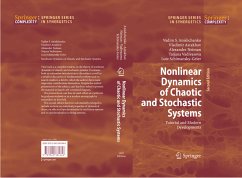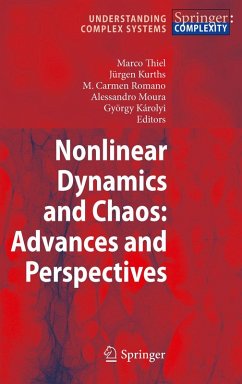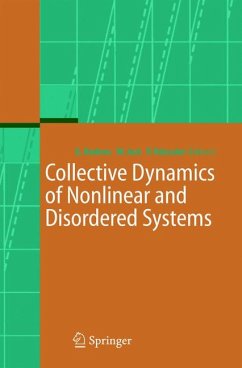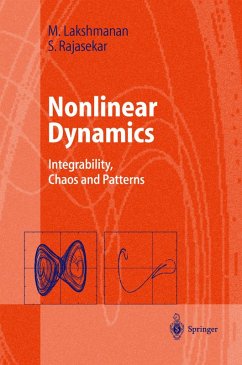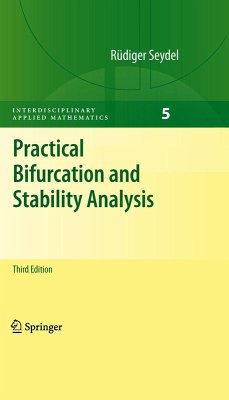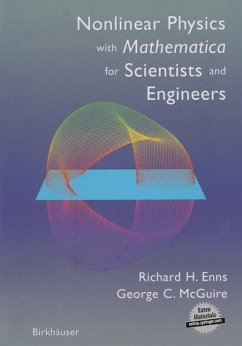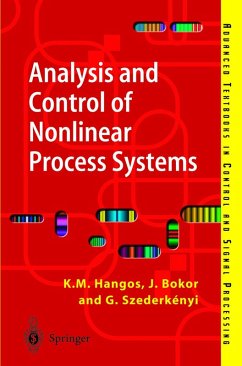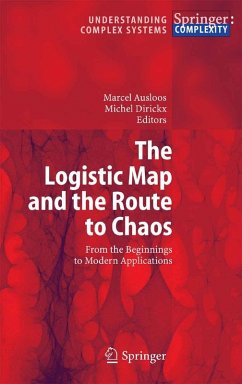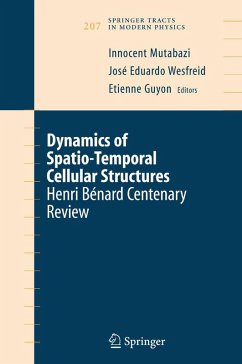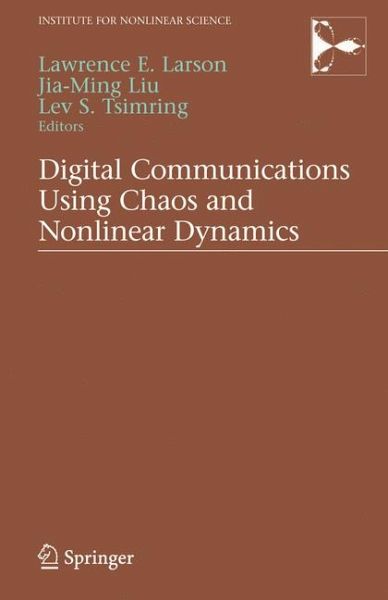
Digital Communications Using Chaos and Nonlinear Dynamics (eBook, PDF)

PAYBACK Punkte
56 °P sammeln!
This book introduces readers to a new and exciting cross-disciplinary field of digital communications with chaos. This field was born around 15 years ago, when it was first demonstrated that nonlinear systems which produce complex non-periodic noise-like chaotic signals, can be synchronized and modulated to carry useful information. Thus, chaotic signals can be used instead of pseudo-random digital sequences for spread-spectrum and private communication applications. This deceptively simple idea spun hundreds of research papers, and many novel communication schemes based on chaotic signals hav...
This book introduces readers to a new and exciting cross-disciplinary field of digital communications with chaos. This field was born around 15 years ago, when it was first demonstrated that nonlinear systems which produce complex non-periodic noise-like chaotic signals, can be synchronized and modulated to carry useful information. Thus, chaotic signals can be used instead of pseudo-random digital sequences for spread-spectrum and private communication applications. This deceptively simple idea spun hundreds of research papers, and many novel communication schemes based on chaotic signals have been proposed. However, only very recently researchers have begun to make a transition from academic studies toward practical implementation issues, and many "promising" schemes had to be discarded or re-formulated. This book describes the state of the art (both theoretical and experimental) of this novel field. The book is written by leading experts in the fields of Nonlinear Dynamics and Electrical Engineering who participated in US Army sponsored Multi-University Research Initiative on Digital Communication using Nonlinear Dynamics. It will be useful for active researchers and advanced graduate students interested in this exciting new field.
Dieser Download kann aus rechtlichen Gründen nur mit Rechnungsadresse in A, B, BG, CY, CZ, D, DK, EW, E, FIN, F, GR, HR, H, IRL, I, LT, L, LR, M, NL, PL, P, R, S, SLO, SK ausgeliefert werden.




